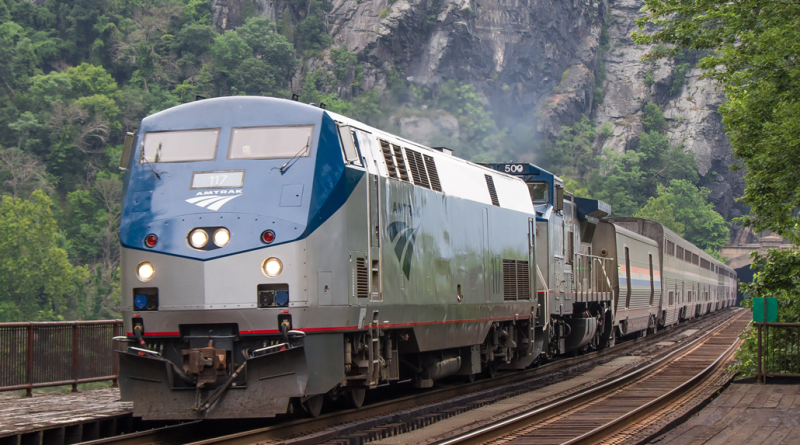Amtrak’s $50B investment propels US rail into a new era
Amtrak is leading a sweeping transformation of the United States passenger rail system through a $50 billion capital investment strategy. This marks one of the most ambitious modernization programs in American transportation history. As part of this plan, the company is enhancing stations, renewing its fleet, and undertaking critical infrastructure upgrades. The multi-year strategy aligns with federal infrastructure initiatives and positions Amtrak as a future-forward mobility provider aiming to double ridership by 2040.
Fleet renewal and technological advancements reshape passenger experience
A cornerstone of Amtrak’s modernization plan is its fleet renewal. Over the next several years, the company is replacing aging equipment with modern, energy-efficient trains. The most prominent addition is the new Airo express series developed by Siemens Mobility. These trains are designed with sustainability, speed, and passenger comfort in mind.
Amtrak is also acquiring 125 new locomotives and expanding the use of hybrid propulsion systems. These improvements will contribute to a more fuel-efficient and environmentally conscious fleet. The new rolling stock is expected to reduce emissions, improve reliability, lower operating costs, and increase customer satisfaction.
With improved seating, faster acceleration, upgraded Wi-Fi capabilities, and streamlined boarding systems, these enhancements are designed to meet the expectations of a new generation of rail travelers.
Station and infrastructure enhancements target safety and accessibility
Beyond the rolling stock, Amtrak is investing heavily in its station infrastructure. Upgrades are already underway at more than 380 stations nationwide, focusing on accessibility improvements to comply with the Americans with Disabilities Act. Renovations include tactile warning strips, new elevators, platform height adjustments, and improved signage systems.
On the infrastructure front, Amtrak is addressing long-standing chokepoints and vulnerabilities. Major projects include:
- The replacement of the century-old Connecticut River Bridge, which supports Northeast Corridor traffic.
- The full-scale reconstruction of the Baltimore and Potomac Tunnel, one of the most critical segments of Amtrak’s busiest corridor.
- Rehabilitation efforts at the Hudson River Tunnel, which suffered extensive damage during Hurricane Sandy.
These infrastructure projects are intended to reduce delays, increase speeds, and improve system resilience.
Strategic goals and ridership expansion point to a high-speed future
Amtrak’s modernization strategy extends beyond physical upgrades. The company has set a bold target to double ridership by 2040. Achieving this will require not only service improvements but also route expansions and enhanced regional connectivity.
The Northeast Corridor, which accounts for a significant portion of Amtrak’s revenue, will see the most immediate benefits. However, plans are also underway to increase intercity service in the Midwest and Southeast and to expand into high-growth regions.
A key element of this growth strategy is Amtrak’s alignment with federal funding programs under the Bipartisan Infrastructure Law. These programs support high-speed rail corridors and intercity rail development. As funding is distributed and projects progress, Amtrak’s role as an alternative to highway and air travel is expected to become more pronounced.
With its $50 billion transformation plan underway, Amtrak is redefining the role of passenger rail in American transportation. Through fleet innovation, infrastructure renewal, and service expansion, the company is addressing efficient service and major projects.
Sources:
Railway Supply
